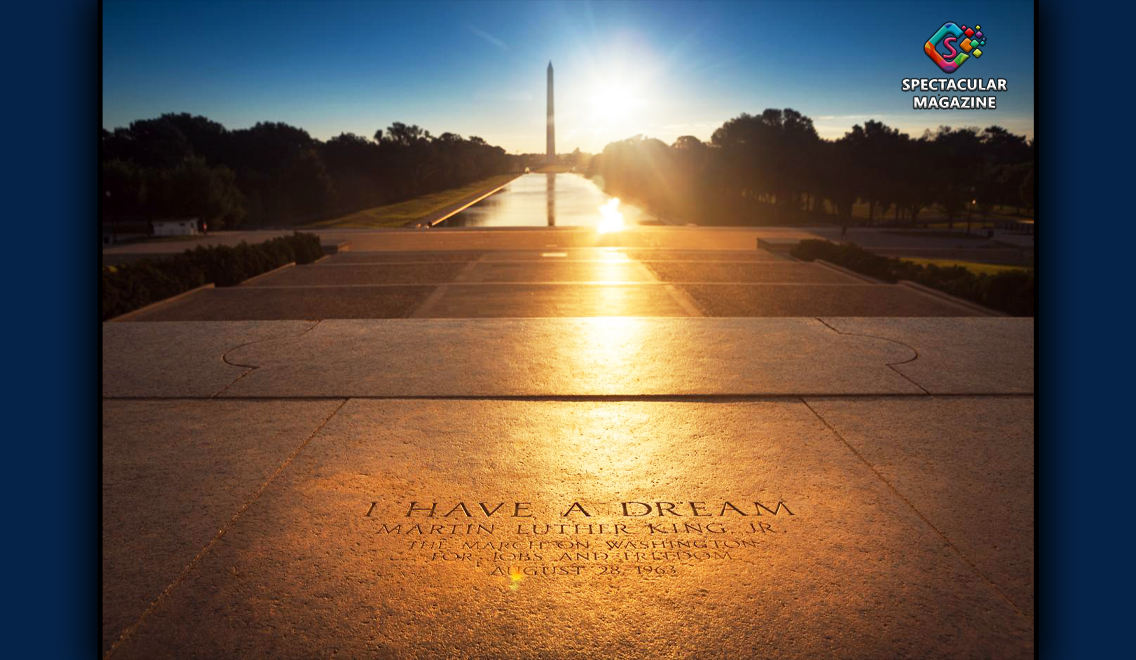[Think Black] The Fierce Urgency of Now: Tomorrow Is Today Or Yesteryear?
In 1926 the first Negro history week was promoted by Carter G. Woodson to commemorate the birthdays of Frederick Douglass and Abraham Lincoln and after fifty years was officially recognized nationally in 1976 by the US President. During the fifty-year period cities, towns, schools, colleges, organizations took the opportunity to educate about the struggles and achievements historically and to motivate and inspire generations of the future. But as you see from that fifty-year maturation period it was an effort carried out at every level of government and society by people of goodwill. It continues to this day to deliver awareness and inspiration about leaders in the industry, politics, science, culture, and more.

Through national publications both weekly and monthly such as Jet and Ebony magazines to local and nationally distributed Black newspapers the march toward fully recognizing the humanity, capacity, and value of African Americans continued.
On August 28, 1963, in the culmination of the “March on Washington” at the Lincoln Memorial site in Washington, D.C. National Mall, Dr. Martin Luther King, Jr. delivered his now world-famous and acclaimed “I Have a Dream” speech.
With the icon statue of Lincoln in the background and the masses of primarily Black American citizens in the audience, he delivered the message of those times. In his inspirational speech, Dr. King made a clarion call for racial and social justice throughout society and humanity. He put the phrase “The fierce urgency of now” in an undeniably compelling context and frame. It was riveting but also a harbinger of things to come and hence is relevant today.
There was a part of his speech that didn’t become the most popular sound bite, but it is critically important and maybe more important than at any other time. He said “We are now faced with the fact that tomorrow is today. We are confronted with the fierce urgency of now. In this unfolding conundrum of life and history,
there “is” such a thing as being too late. This is no time for apathy or complacency. This is a time for vigorous and positive action.” And so he issued the charge to not only Black Americans, or white Americans but to the world community. And that charge needs implementation in all areas of society whether it is the achievement of equity in housing, education, employment, banking, health, or commerce the charge endures because conditions ebb and flow without reaching any constant progress to social justice and equity.
Tomorrow is today and just as importantly the events and challenges continue to present themselves for humanity to overcome. There is a saying that “the fight for freedom begins a new, every day”. And so here we find ourselves confronted by the fact that now today is yesteryear. The challenges of voting rights, civil rights, gender rights, and human rights that we have struggled for since before the 1926 origins of Black History Month are now reasserting themselves. The oppressive strategies of overt and veiled racism have been dusted off, brought out of the pages of history, and reinvigorated in the dark reaches of some peoples’ souls. The strategy of blaming and scapegoating others is being effectively used to misinform and misguide many citizens today.
The strategy of holding others down to elevate self is now implemented through social media at breakneck speed. Algorithms that are were once promoted to make working and utilizing the internet easier have been turned to the dark side in efforts to stoke and manipulate the hatred and fears of many. So now we must return to those effective strategies that brought us this far on the journey.
We must take the time now during this official period of reexamining and reteach the methods to up-and-coming generations for use through new technologies and methods. The biggest challenge of course is to set the example by being the change and living the dream. Of course, in this case, that requires the sacrifice for the greater good of our “community.” Take this moment to consider what work you are willing to put in with the fierce urgency of now. Knowing that tomorrow is today.

